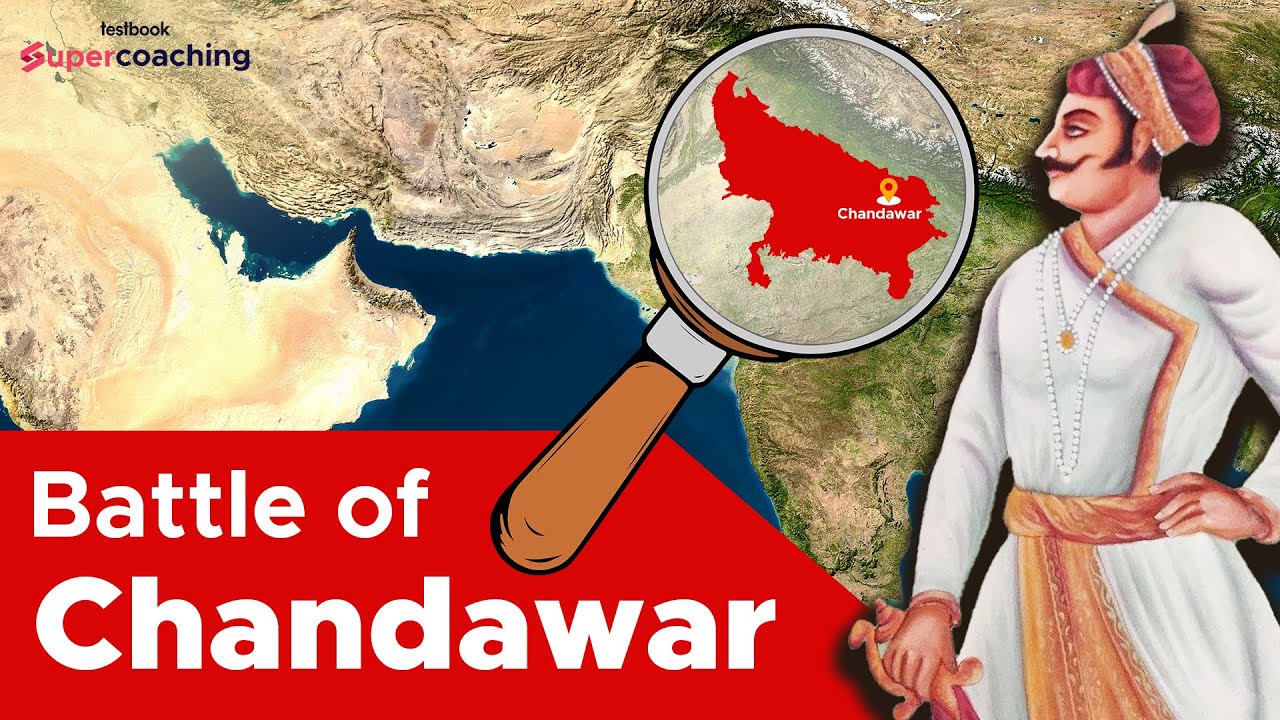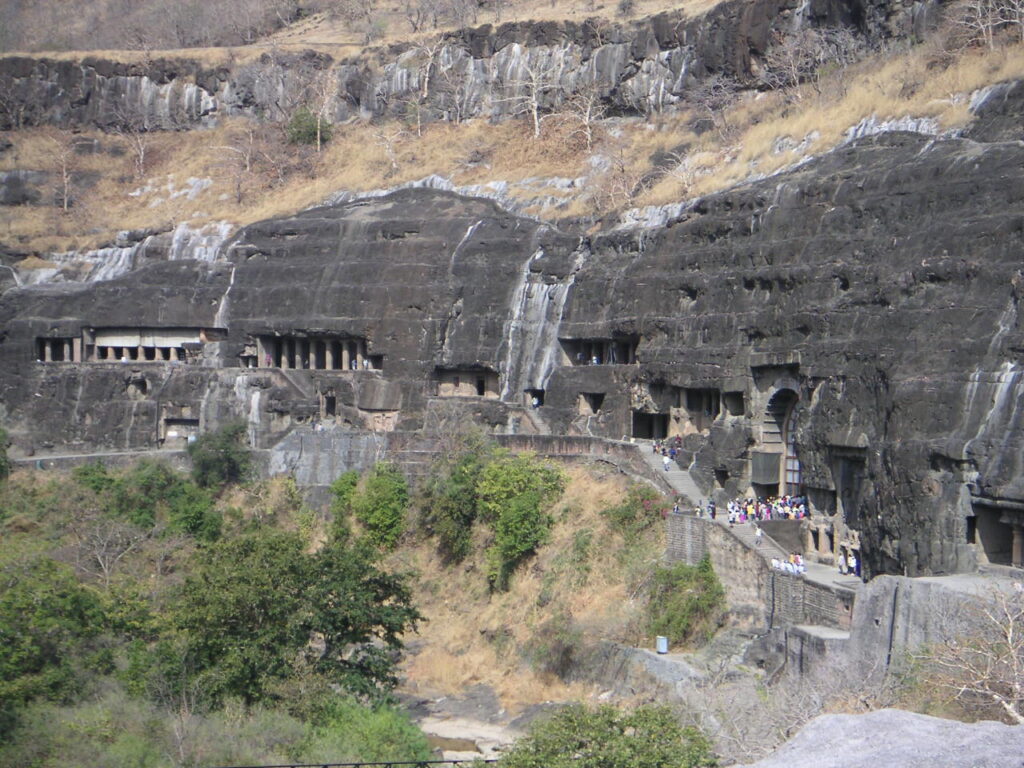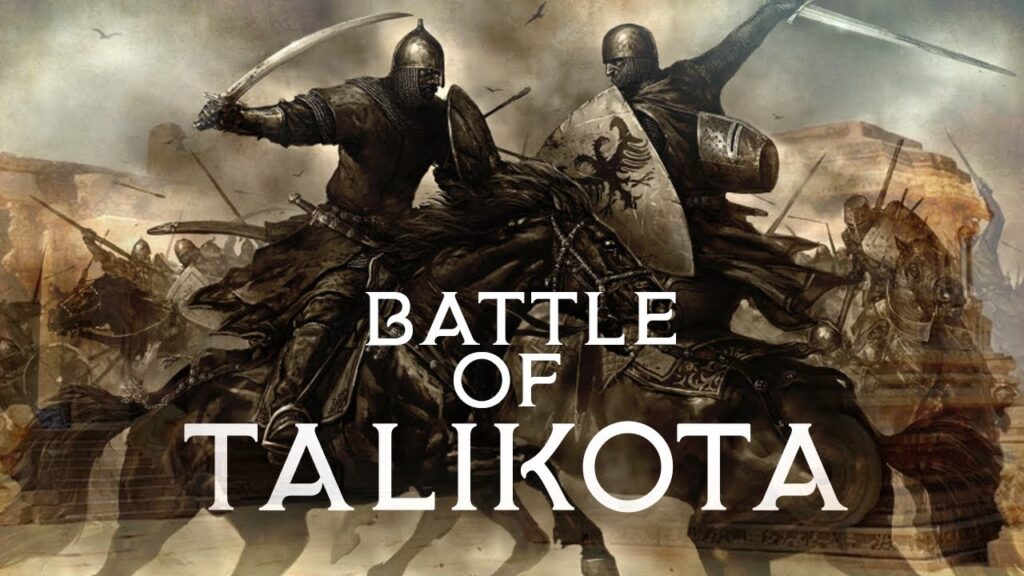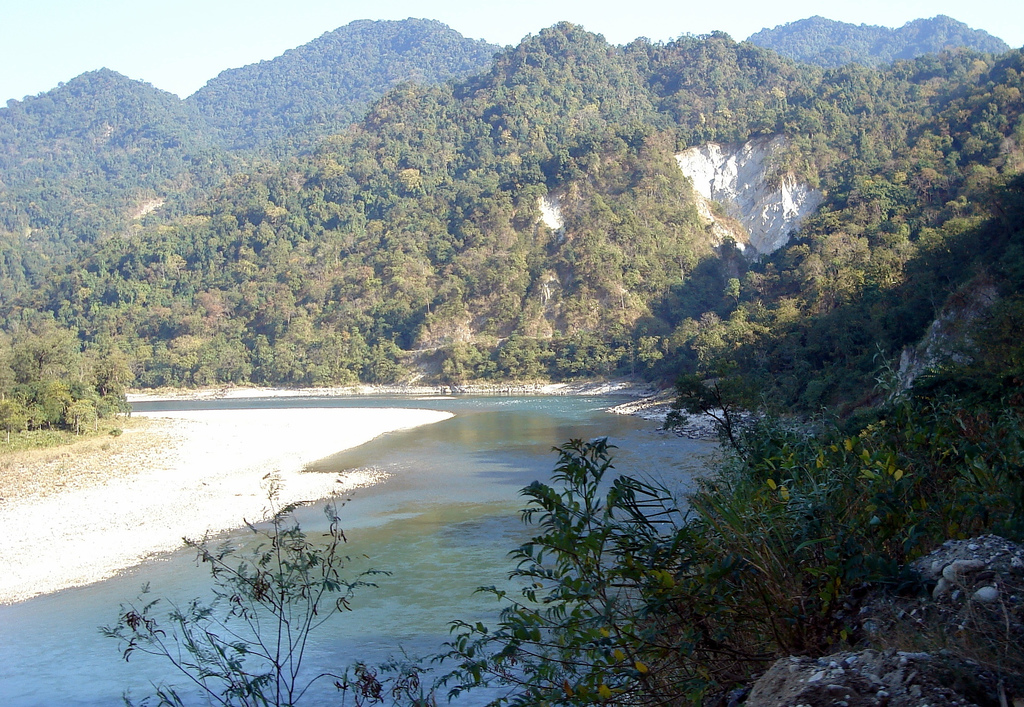The Battle of Chandawar, fought in 1194 CE, stands as a significant yet often overlooked milestone in the annals of Indian history. This battle, between the forces of the Ghurid Empire led by Muhammad Ghori and the Rajput army commanded by Raja Jaichand of Kannauj, marked a crucial turning point in the political landscape of northern India. This encounter not only sealed the fate of the Rajput power but also paved the way for the establishment of Muslim rule in the region, which had profound and lasting impacts on the subcontinent’s history and culture.
Historical Context
To understand the significance of the Battle of Chandawar, it is essential to grasp the broader historical context of the time. The late 12th century was a period of great turbulence and change in northern India. The region was fragmented into numerous small kingdoms and principalities, each vying for power and supremacy. Among these, the Rajput kingdoms were prominent, with the Chauhans, the Parmars, and the Rathores being some of the key players.
Meanwhile, to the northwest, the Ghurid Empire was expanding rapidly under the dynamic leadership of Muhammad Ghori. After securing his position in present-day Afghanistan and parts of Iran, Ghori turned his attention towards India, seeking to extend his dominion into the fertile and wealthy lands of the subcontinent. His ambitions brought him into direct conflict with the Rajput rulers who fiercely defended their territories.
Prelude to the Battle
Muhammad Ghori’s incursions into India began in earnest in the 1170s and 1180s, with a series of battles and skirmishes against the Rajput states. The most notable of these early encounters was the Battle of Tarain (1191 and 1192), where Ghori initially suffered a defeat at the hands of Prithviraj Chauhan but later returned to decisively defeat the Rajput king in the second battle.
With Prithviraj Chauhan defeated, Ghori’s path into the heartland of northern India was largely unobstructed. However, he faced a formidable adversary in Raja Jaichand of Kannauj. Jaichand, the ruler of one of the most powerful Rajput states, was known for his wealth and military prowess. He had not allied with Prithviraj Chauhan against Ghori, partly due to internal rivalries among the Rajputs, which ultimately weakened their collective defense against external threats.
Recognizing the threat posed by Ghori, Jaichand mobilized his forces to confront the invader. The two armies eventually met on the plains of Chandawar, near the Yamuna River, in what would become a decisive and bloody encounter.
The Battle of Chandawar
The Battle of Chandawar was fought with great ferocity and determination on both sides. Raja Jaichand, commanding a large and well-equipped army, employed traditional Rajput warfare tactics, characterized by valor and direct engagement. His forces included cavalry, infantry, and war elephants, which were a significant component of Indian armies at the time.
On the other hand, Muhammad Ghori’s army, although possibly smaller in number, was highly disciplined and benefited from superior strategy and mobility. Ghori’s forces were known for their effective use of mounted archers, which gave them a tactical advantage over the more heavily armored Rajput warriors.
The battle commenced with a series of skirmishes and maneuvers as both sides sought to gain a tactical advantage. Despite the initial resistance from Jaichand’s forces, the Ghurid army’s superior tactics and the disciplined execution of their strategies gradually turned the tide in their favor. Ghori’s cavalry, particularly the mounted archers, played a crucial role in disrupting the formations of the Rajput army, causing significant casualties and confusion.
As the battle raged on, Raja Jaichand himself took to the field, displaying remarkable bravery and leadership. However, in the chaos of the battle, he was struck down, leading to the collapse of the Rajput morale and the eventual rout of his forces. The death of Jaichand marked the end of organized resistance, and the Ghurid forces emerged victorious.
Aftermath and Consequences
The Battle of Chandawar had far-reaching consequences for the Indian subcontinent. The death of Raja Jaichand and the defeat of his forces effectively marked the end of the powerful Rajput kingdom of Kannauj. This victory allowed Muhammad Ghori to consolidate his hold over northern India, paving the way for the establishment of the Delhi Sultanate, which would rule much of India for the next several centuries.
The fall of Kannauj also had symbolic significance, as it represented the decline of the traditional Rajput power and the rise of Muslim rule in the region. The Ghurid victory facilitated the spread of Islamic culture, art, architecture, and administrative practices in India, contributing to the rich and diverse tapestry of Indian civilization.
Furthermore, the battle highlighted the detrimental impact of internal disunity among the Rajput states. The lack of a united front against the common enemy allowed Ghori to exploit their divisions and achieve his objectives with relative ease. This theme of internal strife and the resulting vulnerability to external invasions would be a recurring motif in Indian history.
Legacy
The Battle of Chandawar, while often overshadowed by other historical events, remains a critical moment in the history of medieval India. It underscored the shifting dynamics of power in the region and set the stage for the subsequent centuries of Muslim rule, which would shape the cultural, social, and political landscape of India in profound ways.
The legacy of this battle is evident in the enduring architectural and cultural contributions of the Delhi Sultanate and later Mughal Empire, which built upon the foundations laid by Ghori’s conquests. The period following the Battle of Chandawar saw the flourishing of Indo-Islamic architecture, literature, and a syncretic culture that blended elements of both Indian and Islamic traditions.
In conclusion, the Battle of Chandawar was more than just a military engagement; it was a pivotal event that altered the course of Indian history. It marked the decline of Rajput hegemony and the rise of Muslim rule in northern India, setting in motion a series of developments that would leave an indelible mark on the subcontinent’s heritage. Understanding this battle provides valuable insights into the complex and dynamic history of India, characterized by its rich tapestry of cultural interactions and political transformations.






